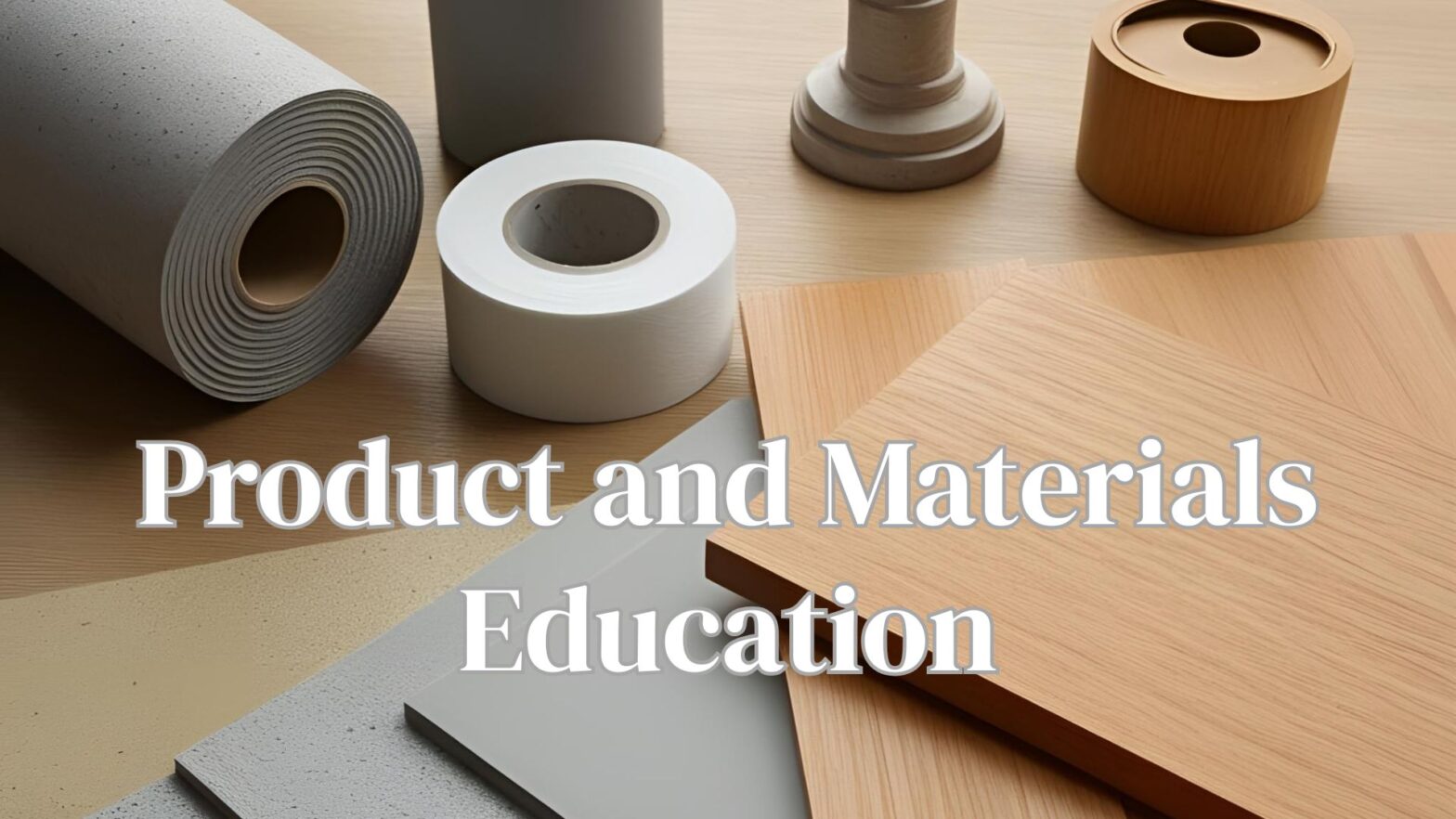Benefits and Drawbacks of Using Self-Adhering Flashing Membranes
Self-adhering flashing membranes have become a popular choice in modern construction due to their efficiency in sealing building envelopes and preventing water infiltration. These membranes, commonly made from modified bitumen or butyl-based materials, offer significant advantages over traditional flashing methods. However, like any building material, they also come with certain limitations. This blog explores the key benefits and drawbacks of using self-adhering flashing membranes in residential and commercial construction.
Benefits of Self-Adhering Flashing Membranes
- Superior Moisture and Air Barrier
One of the primary benefits of self-adhering flashing membranes is their ability to create a highly effective moisture and air barrier. These membranes form a continuous, watertight seal around windows, doors, and other penetrations, reducing the risk of leaks that can lead to mold growth, rot, and structural damage.
- Easy and Quick Installation
Unlike traditional flashing materials that require mechanical fasteners or adhesives, self-adhering membranes come with a built-in adhesive backing. This eliminates the need for additional sealants or tapes, making installation faster and more efficient. Contractors appreciate the simplicity of peel-and-stick application, which reduces labor costs and minimizes installation errors.
- Strong Adhesion to Various Substrates
Self-adhering flashing membranes can bond to a wide range of building materials, including wood, concrete, brick, and metal. This versatility ensures reliable adhesion even in challenging conditions, such as high humidity or cold temperatures. Many modern membranes also feature self-sealing properties, which help maintain a secure bond even if penetrated by fasteners.
- Improved Energy Efficiency
By sealing gaps and preventing air leaks, self-adhering flashing membranes contribute to better insulation performance and overall energy efficiency. When properly installed, they help maintain indoor temperatures, reducing the workload on heating and cooling systems and lowering energy costs.
- Durable and Long-Lasting
Self-adhering flashing membranes are designed to withstand harsh weather conditions, including heavy rain, snow, and extreme temperatures. Their UV resistance and flexibility make them a long-lasting solution that enhances the durability of building envelopes. Many high-quality membranes have a service life of 20 years or more when installed correctly.
Drawbacks of Self-Adhering Flashing Membranes
- Higher Material Cost
One of the biggest drawbacks of self-adhering flashing membranes is their higher initial cost compared to traditional flashing materials, such as asphalt paper or metal flashing. While the material cost may be higher, the savings in labor and long-term performance often justify the investment.
- Surface Preparation Requirements
For optimal adhesion, self-adhering flashing membranes require a clean, dry, and dust-free surface. Any moisture, dirt, or debris can compromise adhesion, leading to potential failures. In some cases, the use of a primer is necessary, which adds to the installation time and cost.
- Temperature Sensitivity During Installation
Extreme temperatures can affect the performance of self-adhering flashing membranes during installation. Cold temperatures can make the adhesive less sticky, requiring additional heat or pressure for proper bonding. Conversely, high temperatures can make the membrane overly soft and difficult to handle. Manufacturers typically provide recommended temperature ranges for optimal installation.
- Potential for Wrinkling or Misalignment
Because these membranes are pressure-sensitive, improper handling can lead to wrinkles, bubbles, or misalignment. Once adhered, repositioning can be difficult, making careful application crucial. Mistakes in installation can compromise the effectiveness of the barrier, leading to potential water intrusion.
- Compatibility Issues with Certain Building Materials
Not all self-adhering flashing membranes are compatible with every substrate or sealant. Some membranes may not bond well with certain types of treated wood, masonry coatings, or low-energy surfaces. Checking manufacturer recommendations and performing adhesion tests are essential to ensure compatibility.
Conclusion
Self-adhering flashing membranes offer a highly effective solution for preventing moisture intrusion and improving energy efficiency in buildings. Their ease of installation, strong adhesion, and long-term durability make them a preferred choice for modern construction. However, considerations such as higher initial costs, surface preparation requirements, and temperature sensitivity must be factored into the decision-making process.
For builders and contractors, understanding both the advantages and limitations of self-adhering flashing membranes ensures proper selection and installation, ultimately contributing to a more resilient and energy-efficient building envelope.




